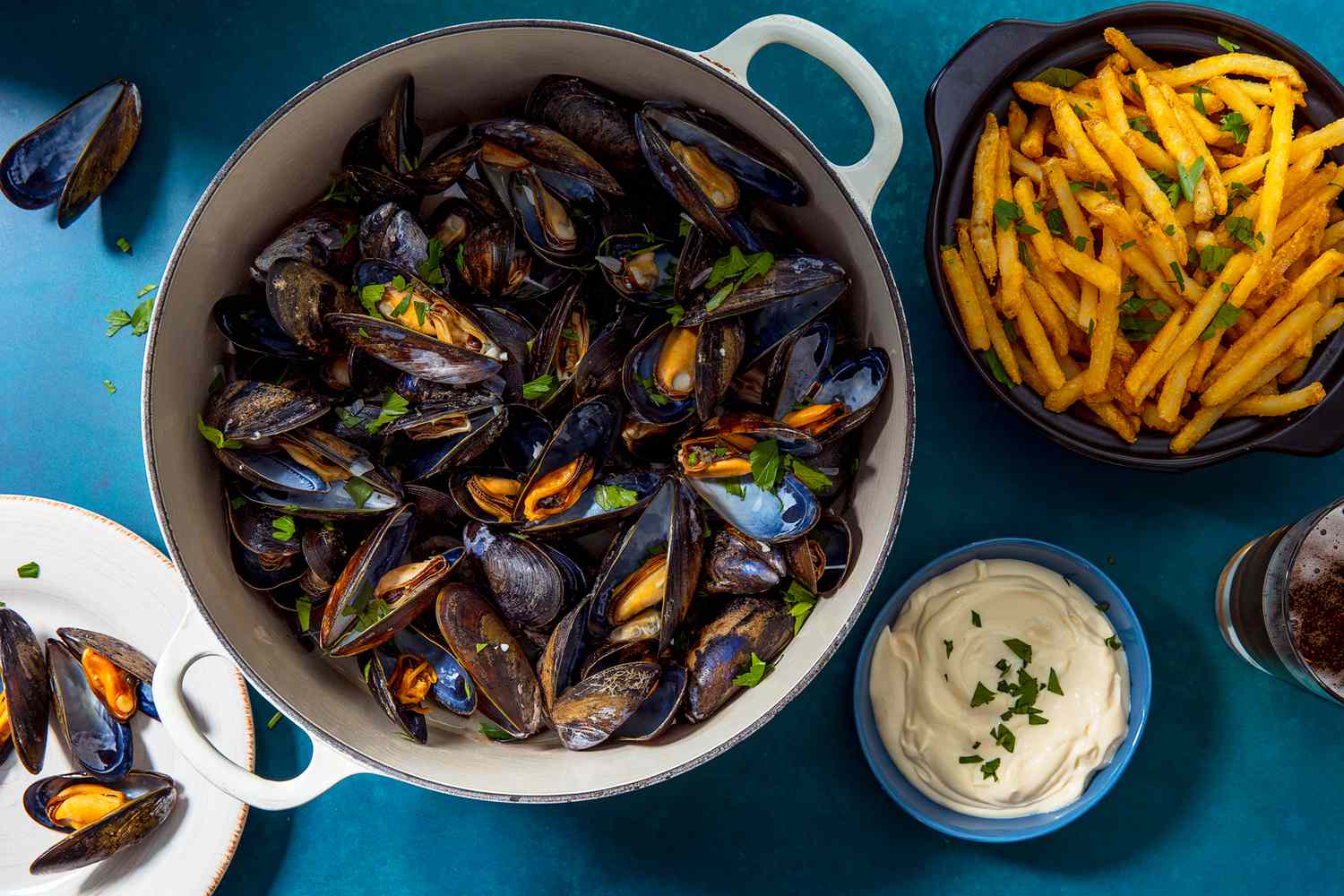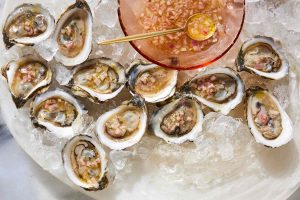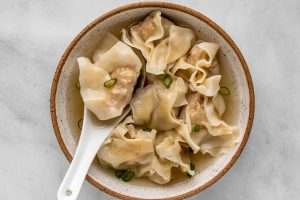
30 interesting facts about moules-frites
- 👁️ 1524
Moules-frites, the quintessential Belgian dish, marries the simplicity of mussels with the indulgence of fried potatoes. This beloved meal has transcended its humble beginnings to become a symbol of Belgian national cuisine, enjoyed in cafes and restaurants across the country and beyond. Though simple in composition, the dish’s rich flavor and sociable nature make it a favorite among food lovers. Its popularity is particularly marked in Belgium and France, where it is often enjoyed with a cold beer or a glass of white wine. Below are 30 interesting facts about moules-frites that highlight its culinary importance, cultural significance, and variations.
- Moules-frites translates directly to “mussels and fries” in English.
- The dish is thought to have originated in Belgium, although some claim it comes from Northern France.
- Traditionally, the mussels are cooked in a broth of white wine, garlic, and shallots.
- The most common type of mussel used is the blue mussel, which is native to the North Atlantic.
- Moules-frites is particularly popular in Belgian cities such as Brussels and Bruges.
- It is often served in a large pot or a bucket, with the lid used to dispose of the shells.
- Belgian fries are traditionally cooked twice for extra crispiness.
- The dish is a staple at Belgian food festivals and celebrations.
- Moules-frites was popularized in the United States by Belgian-themed restaurants.
- The portion size for one person is typically about 1 kilogram of mussels.
- September to February is considered the best season to enjoy moules-frites, as mussels are in peak supply.
- Some variations of the dish include cooking mussels with cream, beer, or even curry powder.
- In Belgium, it is common to use a mussel shell to pinch and pull the mussel out of other shells when eating.
- The dish can be found in most seafood restaurants in Belgium and France.
- Moules-frites has been featured in numerous international culinary magazines as a must-try dish.
- The world record for the largest serving of moules-frites was set in Belgium.
- It is a popular choice for a casual dinner but can also be found in upscale culinary settings.
- The fries are usually served with a side of mayonnaise in Belgium, not ketchup.
- Moules-frites is considered a comfort food for many Belgians.
- The dish is often paired with a Belgian witbier or a dry white wine.
- Historically, mussels were considered a poor man’s food in Belgium until the dish gained popularity.
- Today, moules-frites is celebrated for its simplicity and flavor.
- Some restaurants offer all-you-can-eat mussel pots with fries during the mussel season.
- Garlic and parsley are essential for the classic marinade used to steam the mussels.
- Fries are considered the perfect complement to mussels because they balance the soft texture of the mussels with a crispy exterior.
- Moules-frites is a common sight in Belgian comic books and artwork.
- The dish is a popular choice during the summer months when mussels are abundant.
- Belgian chefs pride themselves on the quality and freshness of the mussels used in moules-frites.
- Moules-frites is often a social dish, meant to be shared among friends and family.
- Despite its regional origins, moules-frites has become a beloved dish worldwide, appreciated for its delightful combination of flavors and textures.
Moules-frites encapsulates the essence of Belgian cuisine through its delightful simplicity and communal nature. This dish not only satisfies the palate but also brings people together, making it a cherished tradition in Belgium and beyond. Its popularity across the globe is a testament to its enduring appeal and versatility. Whether enjoyed in a small Belgian tavern or a fine dining restaurant, moules-frites remains a timeless classic that continues to captivate food enthusiasts everywhere.











